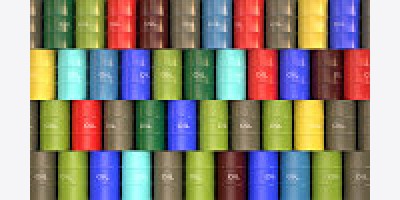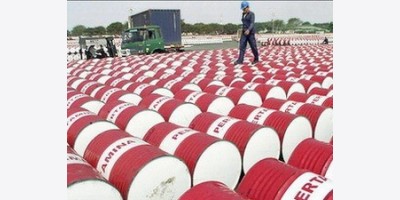By Osamu Tsukimori
Japan’s top refiners are aiming to increase oil product exports a second year in a row to offset weakening domestic demand, an aggressive move that threatens to pressure Asian fuel prices and further undercut regional refining margins.
Profits in Asia for turning crude into fuel are already expected to fall this year as new refineries in the Middle East, China and elsewhere flood the market. With Japan’s refiners also set to ramp up exports whenever they see good returns overseas, there is little chance of any sustained recovery in the margins.
Japan boosted oil exports by 17% to a three-year high of 491,000 barrels per day (bpd) in 2013, the first rise in the daily export average since 2008, when overseas sales climbed more than a fifth to hit a record 584,000 bpd.
“Cutting the volumes processed and increasing exports is the best way to combat weak domestic demand,” said JX Holdings Senior Vice President Akira Omachi, who added that the company intends to raise export volumes in the current quarter and in the business year starting in April.
Last year’s hike in fuel exports, though, came even as refiners cut runs and shut crude units due to the shrinking home market and a government efficiency mandate, and some analysts say it will be hard to keep boosting the outward shipments.
Japan’s top refiner JX controls more than a third of the local market and increased its product exports by 17% in the nine months to end-December to 200,000 bpd, offsetting most of the decline in its domestic demand.
If JX’s exports hold close to that pace for the last quarter of the fiscal year to March 31, the shipments will exceed the company’s annual record of 177,000 bpd hit in 2009/2010.
Japan’s oil product exports fell in 2009-2012 due to plant capacity cuts, weak refining margins and massive refinery shutdowns after the March 2011 earthquake.
Last year, a weak yen - which maximizes the value of exports - and the restart of Cosmo Oil’s Chiba refinery, lifted exports the first time in five years despite run cuts in the fourth quarter amid mild winter weather, said Reiji Ogino, senior analyst at Mitsubishi UFJ Morgan Stanley Securities.
Refiners are now looking for a second year of increase, especially in middle distillates, which made up 69% of Japan’s total oil product exports in 2013, split evenly between gas oil and jet fuel.
“Gas oil margins have been comparatively good and we have some hopes for gas oil exports,” said Cosmo Oil’s Senior Executive Officer Muneyuki Sano.
In 2008, robust demand lifted Asia’s gas oil margins to a $25-a-barrel average, the highest in data going back to 2004.
Asia’s gasoil cracks now stand at about $18 a barrel, having dropped from a 2-1/2-month high of $18.77 hit in February amid ample supply and lacklustre regional spot demand.
Cosmo Oil plans to increase its exports to about 22,000 bpd in the year ending March 31, up from less than 1,000 bpd the previous year. TonenGeneral Sekiyu and Showa Shell Sekiyu also expect to increase export volumes this year and next.
But analysts said capacity cuts and reduced runs make it hard to keep raising Japan’s exports. Some have even said that with the capacity cuts Japan might need to import diesel and gasoline during periods of heavy maintenance.
Others said overseas sales volumes would depend on the margins and currency rates.
“Export volumes depend on whether it’s profitable ... If they are turning a profit, each company has a very aggressive stance toward exports,” said the analyst Ogino. “Last year’s exports were also supported by a weak yen.”
Bank of Tokyo-Mitsubishi UFJ said last month Japan’s oil exports would decline 5% in the year starting in April, and by 4% in the two following business years, as Asian oil demand growth eases and Japan’s spare refinery capacity falls.
Japan’s refining capacity is set to shrink to about 80% of 2007 levels by March 31. By the end of 2014, the world’s fourth largest crude buyer will have about 650,000 bpd of spare capacity, down from about 1 million bpd last year.
Japan’s refining capacity will drop to 3.92 million bpd by March 31 this year, compared to estimated consumption of 3.28 million bpd in the 2014 calendar year.
Oil consumption in Japan is expected to fall 1.9% a year out to 2030, according to the Ministry of Economy, Trade and Industry.
(c) Copyright Thomson Reuters 2014.























